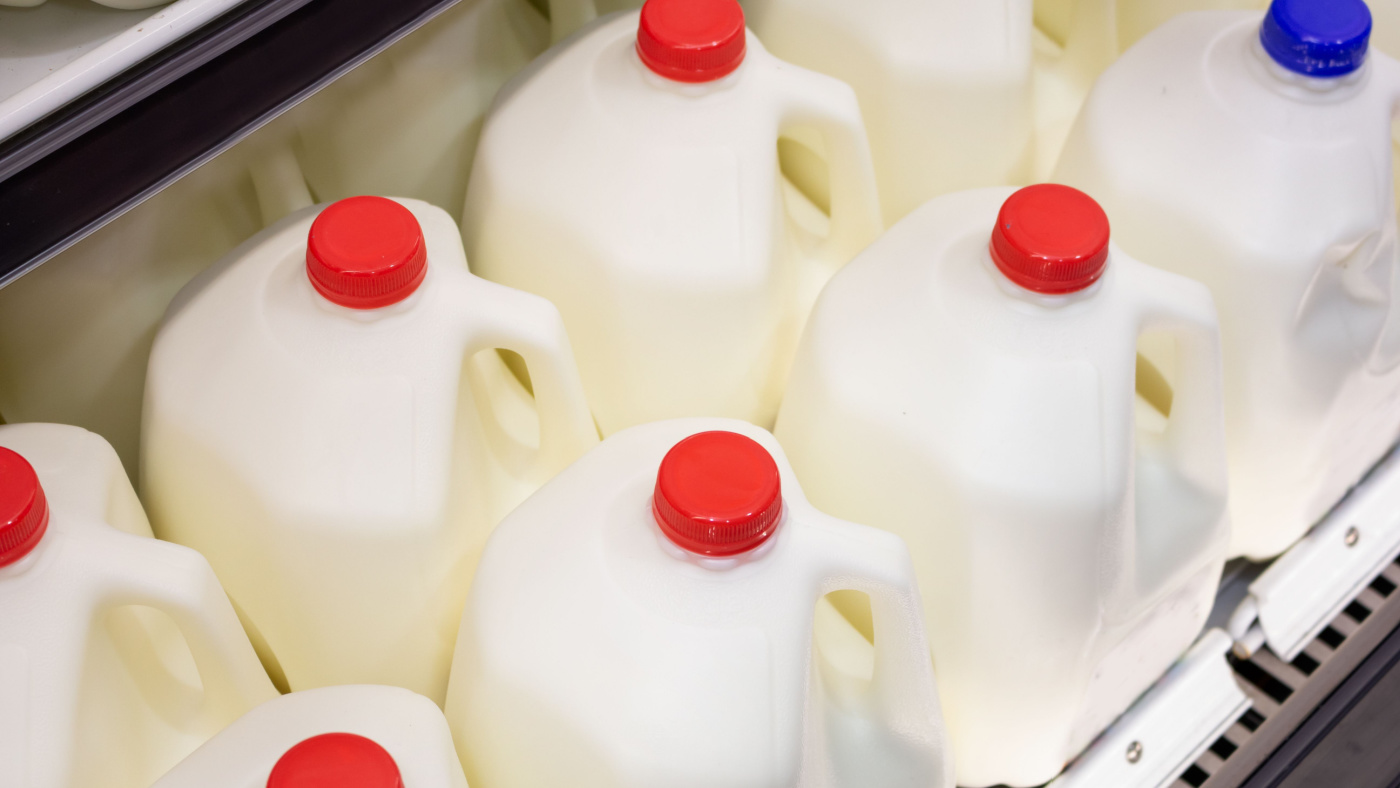Dairy farmers are busy on the farm while dairy groups are busy working on their behalf as part of the Federal Milk Marketing Order hearing. Jeff Lyon, general manager of FarmFirst Dairy Cooperative, talks about the progress.
“I testified on one part of the hearing, on manufacturing costs, which are commonly referred to the industry as make allowances. And without getting too far in the weeds, it’s part of the pricing formula and reverse formula where you try to find out the value of the components of milk, and that way we determine the price. And make allowances is one part of that. And for members of my cooperative, both membership and proprietary plants, and then the people that we pick up milk for, we’ve seen a reduction in prices and in premiums because the plants, you know, obviously they’re going to cover their marginal costs for getting milk and so that’s been a reduction in price to farmers.”
Lyon says it seems the industry is making good strides for a positive outcome.
“It’s an interesting process because you’re in front of an administrative law judge, but we’re directing our comments to USDA. I provided my testimony, and then like any kind of court case, you had attorneys from people representing the interests different than ours asking me questions about my testimony and wanting clarification, some of them supported it, some didn’t. So, it’s a long and tedious kind of process, so I think we’re building a very good case for the changes we want.”
He says the discussions continue on other priorities for the diary industry.
“We’ve completed the part regarding making changes for milk composition and also on the make allowances, and the other one was removing barrels from price discovery for cheese. And now we’re talking about the Class I mover, and then we’ll get into Class I price differentials, which have more to do with on the fluid milk side of things.”
Lyon expects the hearing to continue through mid-October. From there, USDA will gather all the information to make a recommended decision, sometime next year.


